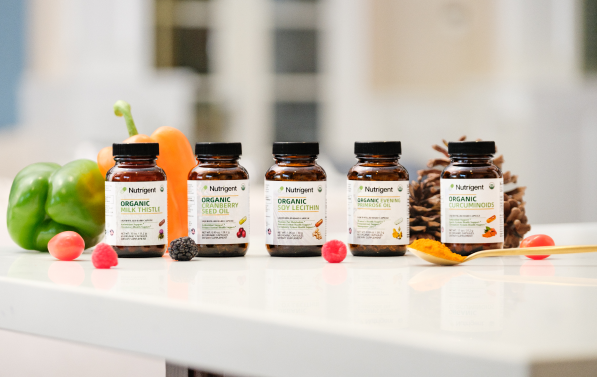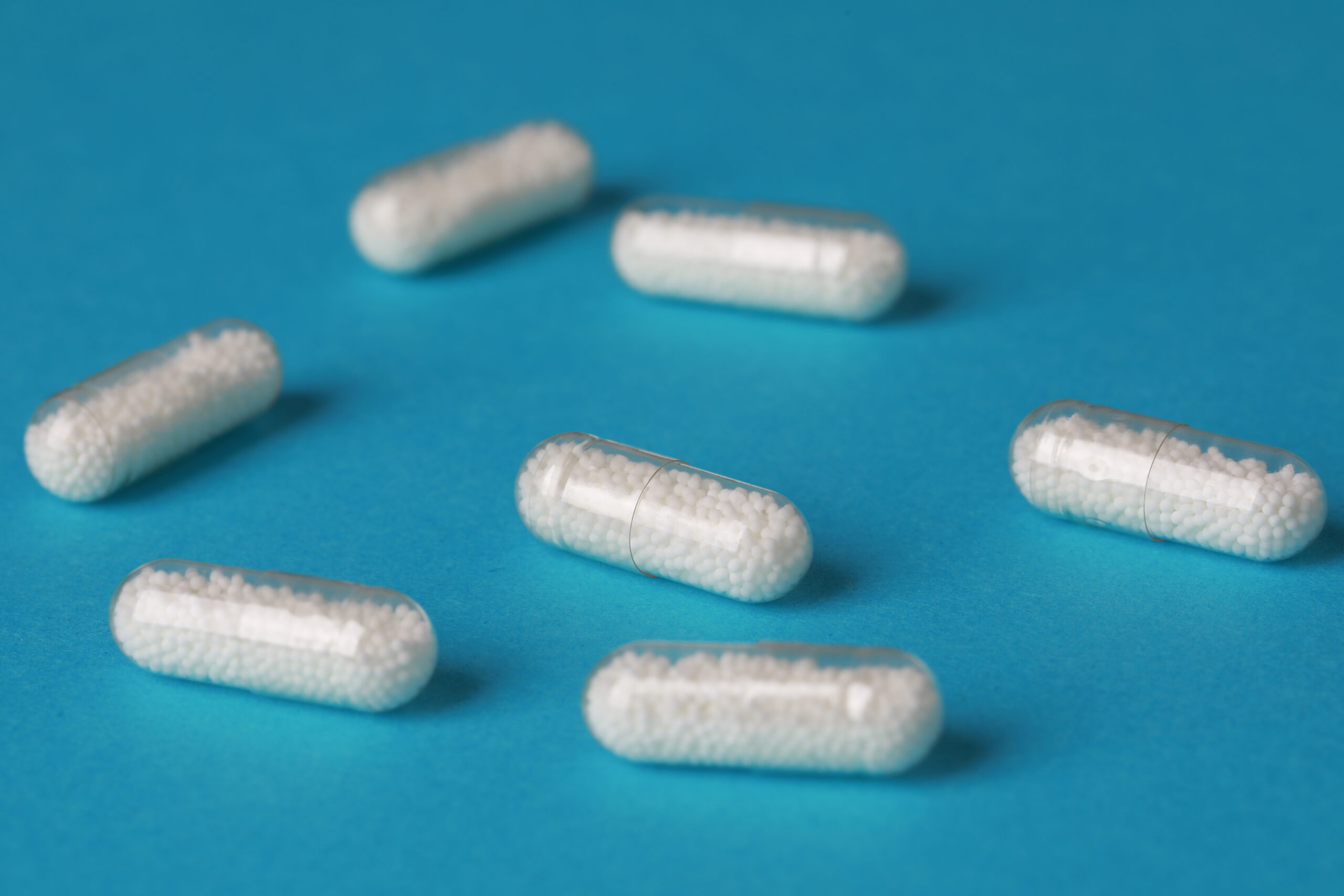Free Ship Over $75
15% OFF First Order
-
Shop
NEW & NEATURED
SHOP BY HEALTH BENEFITS
-
About Us
-
Shop
NEW & NEATURED
SHOP BY HEALTH BENEFITS

-
About Us
Free Ship Over $75
15% OFF First Order


Capsules are widely used for oral administration. They refer to solid dosage forms made by filling active pharmaceutical ingredients (APIs) or their appropriate excipients into a hollow capsule shell or sealing them in a soft capsule material. They are generally divided into hard capsules and soft capsules. Hard capsules are primarily made from gelatin, but also from hydroxypropyl methylcellulose (HPMC), pullulan, and other materials. The contents typically consist of powdered or granulated drugs. With advances in formulation technology, hard capsules can also be filled with liquids, referred to as “liquid-filled hard capsules.” Soft capsules, on the other hand, have a shell made mainly of gelatin, plasticizers (such as glycerin), and water, and their contents are typically liquid drugs, suspensions, or semi-solid formulations.
This article primarily introduces the most common “powder-filled hard capsule” dosage form. The “liquid-filled hard capsule” and “soft capsule” forms are discussed in other articles on the website.

In traditional pharmaceutical manufacturing processes, powder-filled hard capsules refer to dosage forms where uniform powders, granules, or small pellets containing the active pharmaceutical ingredient(s) and appropriate excipients are filled into hollow capsule shells. Common excipients used include fillers (diluents), lubricants, flow agents, disintegrants, and binders (wetting agents). The manufacturing process typically includes the following steps:
The raw materials are ground to ensure the particle size meets specifications. The milled powder is sifted to ensure uniformity and remove impurities. The resulting powder is then mixed with excipients in precise ratios to ensure even distribution of the drug.
Based on the drug’s properties and the requirements of the dosage form, the mixed powder is granulated. Granulation methods include wet granulation and dry granulation, aimed at improving the powder’s flowability and compressibility. After granulation, the granules are dried to remove excess moisture and prevent degradation. If the drug’s flowability is good, granulation can be skipped, and powder can be filled directly into capsules.
The drug powder, granules, or micro-pellets are filled into the capsule shells. This process must be tightly controlled to ensure uniformity in dosage.
After the capsule body and cap are sealed together, the capsules are polished to remove any residual powder from the surface, enhancing appearance and gloss.
Capsules are inspected for defects such as empty shells, broken pieces, or detached caps. Only capsules that pass the quality inspection are packaged. The final products are tested for appearance, dose uniformity, disintegration time, and dissolution rate to ensure compliance with pharmacopoeia standards.

Powder-filled hard capsules can mask unpleasant drug odors, improving patient compliance. The capsules offer stable product quality as they can protect the drug from exposure to air, light, and moisture, prolonging its shelf life and improving its stability. They also allow for controlled, delayed, or targeted drug release. However, in terms of absorption, powder-filled capsules need to undergo disintegration (breaking down into smaller particles) and dissolution (the drug dissolving in bodily fluids) before being absorbed. This limits the contact area with the absorption sites, resulting in slower absorption rates compared to liquid dosage forms, where the drug is already dissolved in the liquid and can quickly disperse in the gastrointestinal tract, increasing the absorption rate. Therefore, the bioavailability of powder-filled hard capsules is generally lower than that of liquid dosage forms like soft gels, liquid-filled hard capsules, and oral liquids.
Capsule shells are typically made from gelatin or plant-based materials such as HPMC and pullulan, which are biodegradable and pose minimal environmental burden. The filling process is relatively enclosed, reducing the risk of operator exposure to the drug, ensuring safety. Additionally, the capsules effectively shield the drug from environmental factors like air, moisture, and light, reducing the chances of drug degradation or contamination. However, if gelatin is used, it often comes from animal sources, which may raise concerns regarding animal welfare and ethical issues. Furthermore, the manufacturing process for powder-filled capsules, which involves milling, granulation, and drying, can generate dust, leading to potential environmental pollution and health risks to workers. Dust control measures must be implemented to mitigate these risks.
The capsule shell can be made from plant-based materials such as HPMC or pullulan, which are natural and meet the standards for natural and organic products. However, the excipients used in powder-filled hard capsules, such as fillers, lubricants, flow agents, disintegrants, and binders, are more challenging to source entirely from natural or organic ingredients. This makes it difficult to produce fully natural or organic powder-filled capsules. In contrast, liquid-filled hard capsules require fewer excipients, and products like organic evening primrose oil can be filled without any additives, making the production of organic products more feasible.

Powder-filled hard capsules commonly contain excipients like fillers (diluents), lubricants, flow agents, disintegrants, and binders (wetting agents), and the manufacturing process typically includes milling and sifting, granulation, filling, polishing, and inspection. These capsules can mask unpleasant drug odors, improve patient compliance, and protect the drug from environmental factors, enhancing its stability. They also offer the flexibility for controlled release. However, they generally have slower absorption rates and lower bioavailability compared to liquid forms. Due to the variety of excipients used, it is more challenging to create entirely natural or organic powder-filled hard capsules than liquid-filled hard capsules. Lastly, the manufacturing process must account for dust pollution, requiring dust control measures to protect both the environment and worker health.
Customer Support: If you have any questions or need assistance, please contact our customer service team info@nutrigent.us. Our service hours are Monday to Friday, 9:00 AM to 5:00 PM.
DISCLAIMER: *These statements and any claims made about specific products on or through this site have not been evaluated by the Food and Drug Administration and are not intended to diagnose, treat, cure, or prevent any disease. This site is not intended to provide diagnosis, treatment, or medical advice, and all content provided is for informational purposes only.*